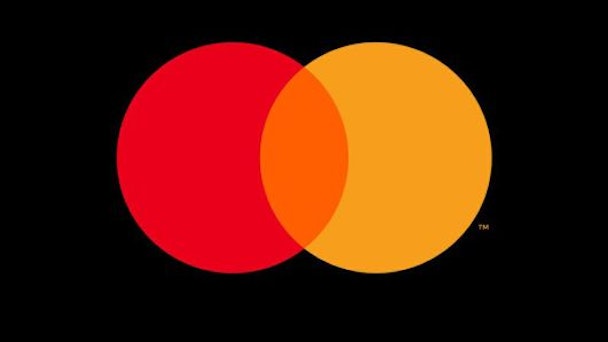The Name Game: is Mastercard right to drop the brand name from its logo?
Two-and-a-half-years after refreshing its brand, Mastercard has announced it will drop the name from its logo. Achieving what many within the industry believe to be the holy grail of branding, Mastercard joins an elite set of brands who will forever remain nameless – a group that includes the likes of Nike, Apple, Twitter, Audi and even The Artist Formerly Known as Prince.

Each of these brands is instantly recognisable from its symbol alone, achieving the kind of mass appeal and universal awareness most brand owners would give their right arm for. While these heavyweight champions of branding clearly deliver products and services many of us appreciate and enjoy, it’s their creativity and consistency in delivery that underpins their success.
There’s a good reason why so few ‘nameless’ brands exist. Before considering a symbol led approach first, you must achieve prompted awareness scores of over 90%, across all of your operating markets. And given the eye-watering cost associated with brand building on such an industrial scale, this approach is only available to a small number of deep-pocketed brands.
So, are there any lessons we can learn from this group, even if we don’t have their budgets at our disposal?
Absolutely!
Each of these brands deploys beautifully crafted, brilliantly simple brand identities that effortlessly flex across channels and applications – from small format, technically limiting applications such as 36x36 pixel favicons (the website icon that sits in a browser) through to beautiful projecting signs, the kind you find on a flagship retail store in London, Paris and New York.
So, why’s it important? The answer is simple, to succeed in an omnichannel world, brands must flex between physical environments, e-commerce and social platforms, as well as traditional communication channels. When you only have 0.5 seconds to attract consumer attention on Instagram, you need a brand that packs a punch. It’s this desire for instant recognition and an eagerness to deliver thumb-stopping moments that are driving simplification and focussing brands on enhancing the distinctiveness of their visual identity.
So why all the fuss? What do brands stand to gain from dropping the name bomb?
Think back to the last time you met up with a friend. I guarantee you didn’t start the conversation by introducing yourself – that would have been weird, right? But yet that’s effectively what brands do every time they communicate with customers regardless of the length, or strength, of their relationship. If you can remove your name from the conversation, not only will you achieve greater impact across digital channels, you can use this to signify a more connected and personal, less corporate and distant, relationship with customers.
But let’s be clear here, these brands haven’t stopped using their name, they just don’t need to say it out loud every time they connect with customers. Brand names still remain one of the most powerful tools within your communication arsenal. Usually revealing what type of business you’re in or what type of business you are. Naming is of fundamental importance when positioning a brand at the point of conception, and this will never change.
Richard Buchanan is managing director and co-founder of The Clearing
Content by The Drum Network member:

The Clearing
The Clearing helps clients create clear defendable territory around their brands. We've been voted the UK's number 1 brand consultancy for two consecutive years...
Find out more